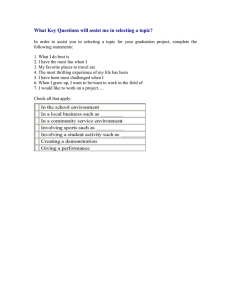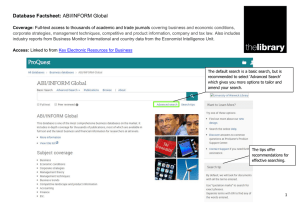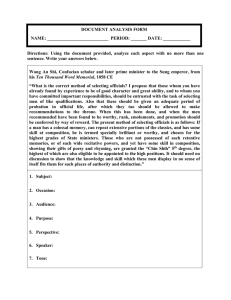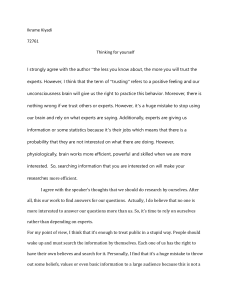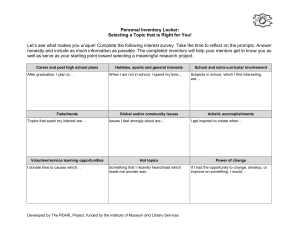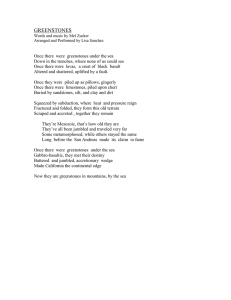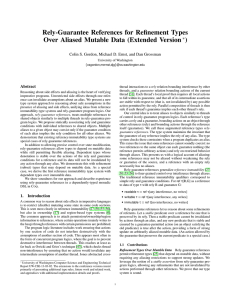Classification: grouping into categories Our minds naturally sort information into
advertisement
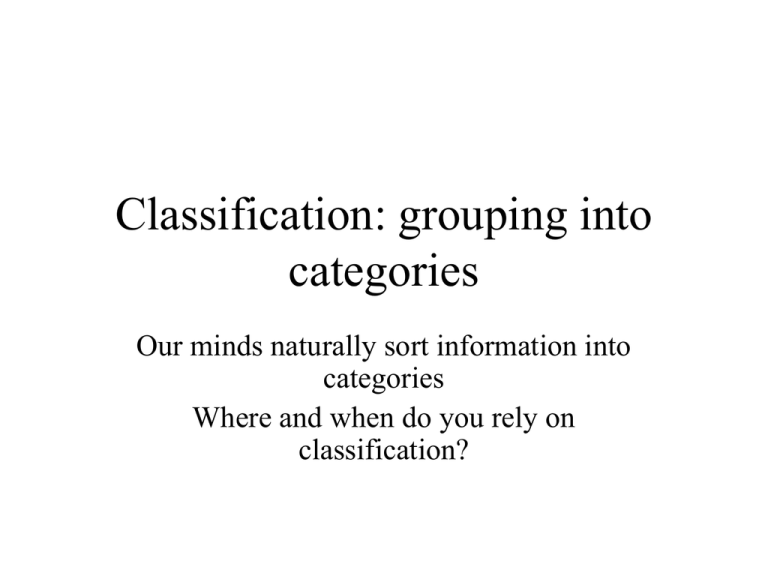
Classification: grouping into categories Our minds naturally sort information into categories Where and when do you rely on classification? Classification • It helps writers and readers come to grips with large or complex topics • It breaks a broad topic into categories according to some specific principle • It presents the distinctive features of each category and shows how the features vary among categories • Segmenting the topic simplifies the discussion by presenting information in small, neatly sorted piles rather than in one jumbled heap • It helps people make choices (Identifying which groups of consumers are most likely to buy some new product etc.) Selecting categories • List situations where you rely on classification • (types of teachers, doctors, cars, computer languages etc) • How do you select categories? Selecting categories • Choose a principle of classification that is suited not only to your purpose but also to your audience • Can you classify instructors according to their manner of dress, body build? • List how you might be classified by the administration, financial aid, housing? • How do the different purposes yield different categories? • How do you divide categories into smaller categories? (one principle of categorization) Classification • Number of categories • Some papers discuss every category included in the topic. Others discuss only selected categories • Circumstances and purpose dictate the scope of the discussion • How do you develop categories? Developing categories • Develop every category you include with specific, informative details that provide a clear picture of each one and help the reader grasp the distinctions and relationships among them.
